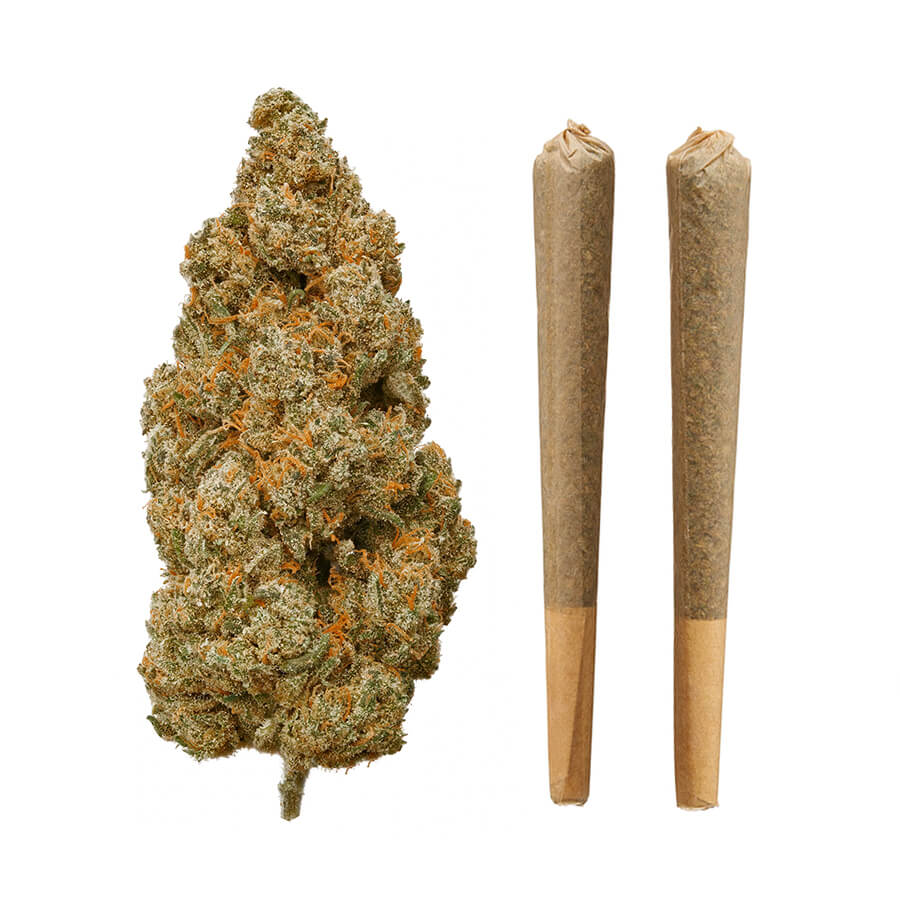CBD and CBNV, both compelling cannabinoids discovered within hemp and cannabis plants, present a fascinating dive into the realm of naturally occurring compounds. Their intriguing existence, while originating from similar sources, unfolds distinct narratives in the context of chemical structure, abundance, and researched effects.
CBD, known widely as Cannabidiol, commands a prominent position in the cannabinoid family due to its ample presence and extensive research surrounding it. Recognized for being non-psychoactive, CBD doesn’t usher in the notorious “high” associated with certain cannabis derivatives. Its interaction with our body’s endocannabinoid system is often linked with influencing diverse physiological processes, making it a subject of widespread use and study.
Conversely, CBNV (Cannabinovarin) cloaks itself in an aura of enigma. It stands as a homolog of Cannabinol (CBN), mirroring a semblance in structure yet veering slightly in its chemical makeup. The potential impacts of CBNV on our bodies are still veiled due to the scant research available on this particular compound.
While CBD and CBNV share a commonality as cannabinoids, their variance lies subtly in their chemical structures, abundance, and the extent to which research has penetrated into understanding their effects and potential applications. Below, let’s delve into a few frequently asked questions to glean more insights into these intriguing compounds.
Many States allow hemp derived cannabinoids under the 2018 Farm Bill as long as they contain less than .3% D9 THC. Some States have explicitly banned cannabinoids like Delta 8, so check your local rules and regulations before purchasing.
Here’s the rules for Kush.com and more details
Frequently Asked Questions (FAQs)
- What are CBD and CBNV, and how do they relate to hemp?
These are cannabinoids found in hemp, differing in properties and effects due to their distinct chemical structures. - How is the extraction process for CBD and CBNV conducted?
Typically, solvents like CO2 or ethanol are employed to isolate these cannabinoids from the plant, although concentrations in the plant may alter the extraction nuances. - Are CBD and CBNV utilized differently in the hemp industry?
Yes, CBD finds its way into various products like oils, edibles, and topicals, whereas CBNV, being lesser-known, is still exploring its potential applications. - How do CBD and CBNV differ in effects?
CBD is renowned for its calming properties, while the effects of CBNV remain under-researched and somewhat elusive. - Is it common to find CBD and CBNV in all hemp products?
Not necessarily. The presence of these compounds depends on the hemp type and extraction method. Always verify through product labels or manufacturers.
Shop
- 🌿🚬 THCa Blunts -2 Gram TwisT Rolled HOT SELLER🚬🌿on May 8, 2024 at 6:09 am
🌿🚬WE HAVE MASTER DISTRO AND DISTRO PRICING 🚬🌿 You WANT these!! 2 gr.
- THCa Diamonds – HUGE! Stop getting ripped Offon May 8, 2024 at 5:46 am
QUIT BUYING POUNDS FOR KILO PRICES!! THCa Diamonds that are show qualit
- 25MG Delta 8 Softgels! 🚀 100 CTon May 8, 2024 at 3:03 am
Top Kush Seller Since 2018! 🚀 2 Packs MOQ at 40.00 Each! Also availab
- Zonkiez CBD Gummies Pre Packaged Jars!on May 8, 2024 at 3:03 am
Pre-Packaged 10MG CBD Gummies! Best Gummies on the Market! Message us ab
- 10MG D9 Compliant Gummies 5 Packon May 8, 2024 at 3:03 am
The best tasting gummies in the market! Top Kush Seller Since 2018! 🚀
Similar Product Searches You Might Be Interested In:

